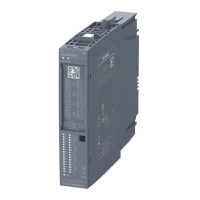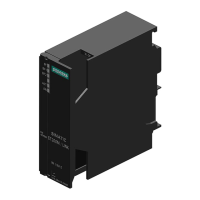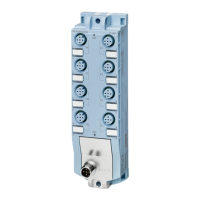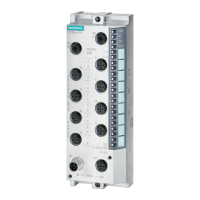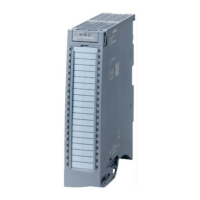4.8 Redundancy and changes during operation
Introduction
This section describes the possibilities for increasing the availability of a plant with an IO device
based on the ET 200SP HA distributed I/O.
Basic redundancy configurations
You can increase the availability of the distributed I/O by implementing redundancy
configurations in the plant. Multiple redundancy configurations can be combined.
The figure below shows an example of some of the possible redundancy configurations:
6,&./2&.7&
1 2
3
3
Sensor
'LJLWDOLQSXWPRGXOHV
7HUPLQDOEORFN
7%5
&RQILJXUDWLRQIRU,2
UHGXQGDQF\
352),1(7
&,5VXSSRUWHG
$6
352),1(7
6XEQHW
&,5VXSSRUWHG
$6
352),1(7
VXEQHWV
+&,5SRVVLEOH
$6
26VHUYHU
26FOLHQW26FOLHQW
7LPHRIGD\PDVWHU
6,&/2&.
(QJLQHHULQJ
6WDWLRQ
7HUPLQDOEXV
3ODQWEXV
(763+$
6+
6+
(763+$(763+$
6+
(763+$
(763+$
(763+$
Configuration ① Media redundancy ② System redundancy ③ IO redundancy
Brief information Use Media Redundancy Protocol
(MRP)
Connection via redundant media
(2 subnets) and/or redundant in‐
terface modules
Use of redundant I/O modules in
an IO device
Configuration ex‐
ample: See sec‐
tion:
Connection of the IO device via
media redundancy (Page 47)
Connection of the IO device via
system redundancy (Page 44)
IO redundancy (Page 49)
Figure 4-2 Redundancy configurations of the distributed I/O with ET 200SP HA
Plant planning
4.8 Redundancy and changes during operation
ET 200SP HA Distributed I/O system
System Manual, 08/2019, A5E39261167-AD 43
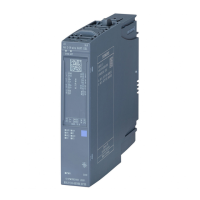
